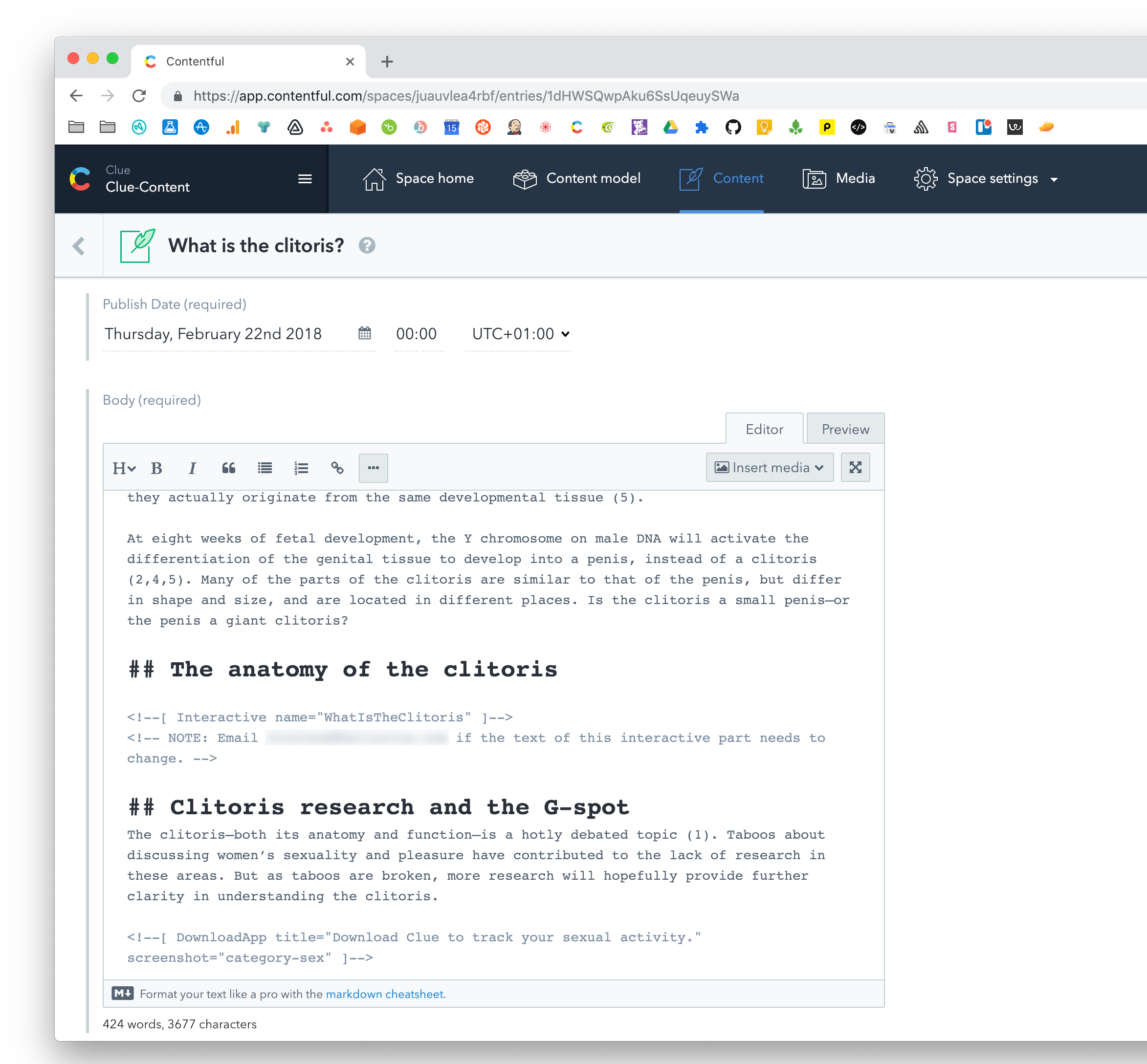

It can be more error prone to configure your application with a webpack. However, there is a danger with using a webpack in your application. You can configure a webpack yourself by changing it into your application’s root directory, and saving a file for web pack information. Webpack integration represents an essential part of setting up a React web application that’s running in production and actively serving customers. Webpacks ensure compatibility with a large number of available browsers, and will only load the dependencies it needs to work at a minimum, which makes for a more efficient application.ĭepending on your goal, a Webpack configuration can improve your application’s accessibility.
#React rich text editor code
The more files changed and the more lines of code required, give a good idea of the maintenance costs going forward after the initial configuration.

That’s the number of files changed in a basic React repository, and the number of lines written. We made an estimate on the maintenance difficulty for the application based on the size of the configuration content. How easy it is to set up and maintain the rich text editor once it’s integrated, is what sets the available options apart.
#React rich text editor install
For this proof of concept test, we did not make large-scale app.js changes, and kept changes limited only to small adjustments.Įach rich text editor has a React component available to install from the Node Package Manager repository. Note: For an app in production, you would need to make significant changes to your app.js file in your React repository. Moderate installation speed, standard maintenanceįaster installation, standard maintenance WYSIWYG editors for React compared side-by-sideįaster installation speed, complex maintenance We, therefore, decided to include this as a factor in our assessment of installation speed and effort.Ĭonfiguring a Webpack requires additional time and attention to detail, but the benefit is increased compatibility for the web app across different browsers. Some React apps require an additional configuration file called a Webpack. In particular, we examined the acumen and effort taken to get each of the rich text editors up and running. To provide some useful information about setup, we compared the performance of five rich text editors. The speed of integration shouldn't take too much of your time, or your developer team’s time. Integrating a rich text editor in a web application built with the React library should be straightforward and direct. Our exploration aims to answer that question. How one rich text editor performs against another is a question our customers often ask. This year, we’re exploring how TinyMCE plugins and integrations compare with other rich text editors.


 0 kommentar(er)
0 kommentar(er)
